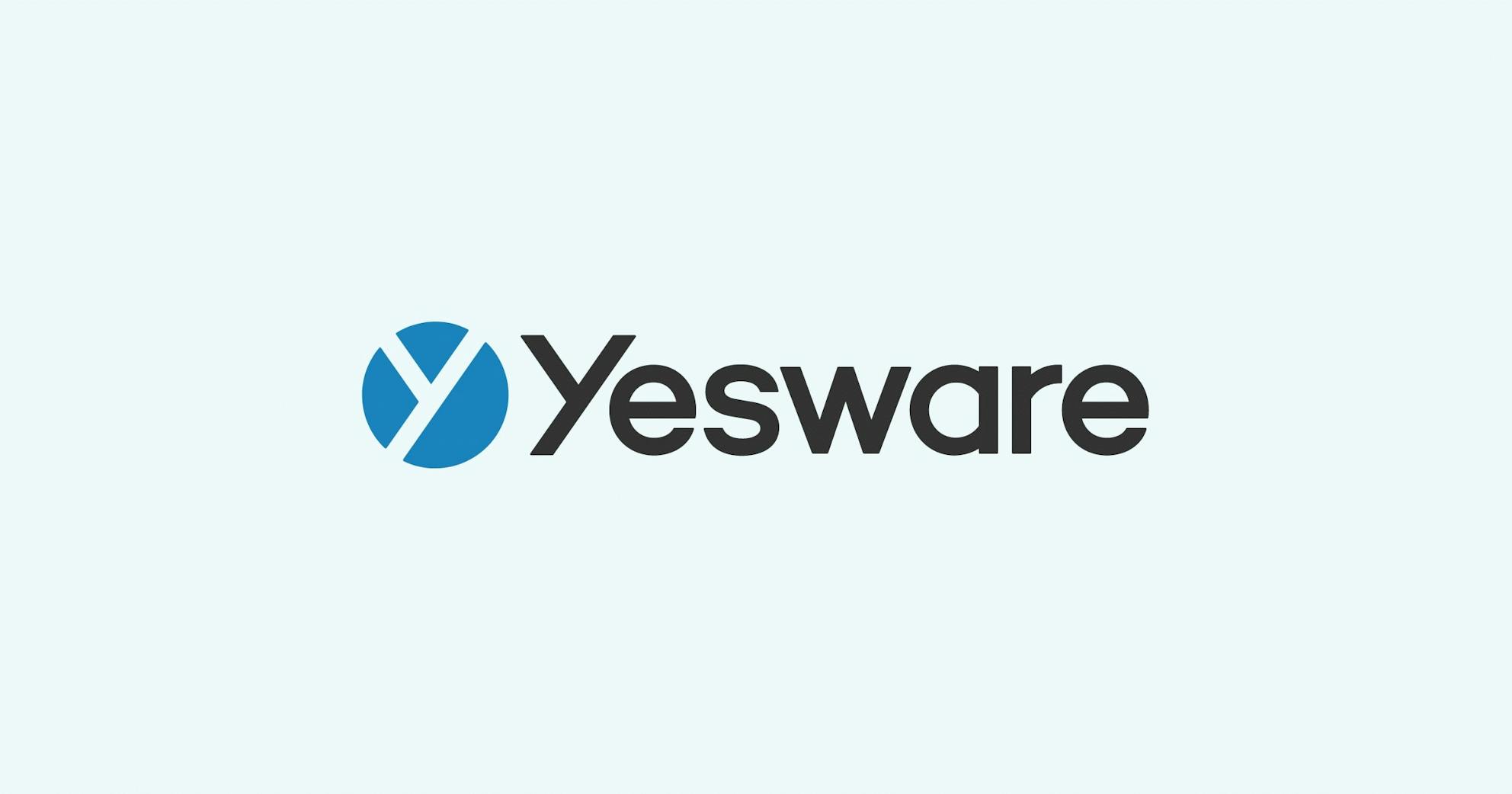Flipping the Sales Funnel: New Pipeline Stages from the Customer’s Point of View
Matthew Bellows
Most B2B companies attempt to project their future revenue by looking at their current aggregate sales pipeline. I’m losing you already, I can tell. But hang in there – getting your pipeline fixed up has all kinds of benefits.
The total company pipeline is made up of individual salespeople’s personal pipelines, summed together in a spreadsheet or a CRM. Stages of the pipeline are created to reflect how far away the prospect is from closing a contract, and each stage is assigned a percentage chance to sign. All companies in the First Contact category might have a 5% chance to close, while companies in the Negotiating Contracts phase might have a 90% chance to close.

With the hard assumptions out of the way, and given a time period (e.g. next quarter) projecting revenue becomes a mathematics exercise: (Revenue for Deals at Stage 1 x Probability of Close at Stage 1) + (Revenue for Deals at Stage 2…).
There are all kinds of things wrong with this approach, pointed out by some great thinkers. But the model persists at most companies because easy math is so appealing, and real bottoms-up forecasting is more complicated than predicting the weather.
Here’s a simple way to change your pipeline mechanism so that it works with your current CRM and your current percentage-based forecasting spreadsheets, but will yield more meaningful indications of where each prospect is in your sales cycle: Trigger movement in the pipeline by PROSPECT activity, not INTERNAL activity.
Trigger movement in the pipeline by PROSPECT activity, not INTERNAL activity
Here’s how we made that change at Yesware:
Old Pipeline Stage Name: Researching New Name: Interested – Any active level of interest, including website visit, email subscribe, gave a card at public event, etc. These people are available for drip marketing and random checkins. Probability to Close: 0%
Old Name: Qualification New Name: Created Account – Someone in this group/organization/company/opportunity downloaded Yesware and created an account. Probability: 0%
Old Name: Value Proposition New Name: Active User – This person, or someone from this opportunity, is using one of the main features of Yesware at least once a week for at least two weeks in a row. In other words, they’ve returned to Yesware after the first week. Probability: 0%
Old Name: ID Decision Makers New Name: Formed Team – Someone in this opportunity has formed a team and added at least one other person to the team. They may or may not have created templates or viewed team reports. This is the first point at which we will reach out to the user for reasons other than pure product feedback. Probability: 0%
Old Name: Proposal New Name: Responded to Outreach – When we reached out to them via phone or email to talk about their team, email templates, reporting needs, CRM integration, etc. they responded. They talked with us for more than a couple of minutes, they wrote back with interest, etc. Probability: 0%
Old Name: Negotiation New Name: Ongoing Conversations – The Yesware user is engaged in a conversation with us. They are writing back to email, returning calls, coming to online meetings, and, crucially, inviting others into the conversation from their side. They could be asking questions, raising objections, negotiating on price, discussing contract terms, etc. At this time, their team is using Yesware, so we are actively monitoring how the team is using Yesware. We’re offering suggestions on email templates, reports, etc. to help them be more effective. Probability: 0%
Old Name: [No old name] New Name: Stalled: This conversation is in limbo. We started out ok, but they aren’t writing back or returning our calls now. We haven’t crossed the have-to-have hurdle. Occasionally keep in touch. Probability: 0%
Old Name: Closed Won New Name: Ordered Yesware! The prospect becomes a customer. They want the team features, we’ve determined a price, and they’ve signed an order form from us. We can bill them immediately. Probability: 75%
Old Name: [No old name] New Name: First Payment Received – Cash is in the building. Account relationships have been transitioned to the customer success team. Full debrief between hunters and farmers. Outstanding issues are known and communicated. Probability: 100%
Old Name: Closed Lost New Name: Not Interested: Prospect deactivated account, uninstalled service, unsubscribed from the newsletters, told us to leave them alone, didn’t use service in 3 months, didn’t return 5 emails and/or calls, etc. Probability: 0%
There are three things to take from this:
- Moving through the pipeline requires Prospect activity, not Yesware activity. It matters not at all if my sales team sends out a company spec sheet, a proposal or a revised contract. It only matters that the recipient responds! Carrying this approach through the pipeline definitions puts the customers’ interest at the forefront.
- There are a lot of 0%s! This could change as we build up more historical data, but it will be an uphill battle. In general, I would rather under-promise and over-deliver. And until we have hundreds of customers all the way through the pipeline, any false assumptions here could be much more harmful than helpful. Similarly, we don’t really have a 25% bad debt ratio, but let’s not count it as done until the cash is in the bank account and the account has been transitioned.
- Progress through almost all stages can be automated. We’ve tried to tie pipeline progress not only to a customer action, but a customer action that can be automatically tracked. When someone creates an account, becomes an active user, or forms a team, we can update them in the CRM programmatically. This saves salespeople from having to manually update opportunities, it improves the accuracy of our pipeline reports, and it helps us scale up to wider reach.
Get sales tips and strategies delivered straight to your inbox.
Yesware will help you generate more sales right from your inbox. Try our Outlook add-on or Gmail Chrome extension for free, forever!
Related Articles
Casey O'Connor
Casey O'Connor
Casey O'Connor
Sales, deal management, and communication tips for your inbox

